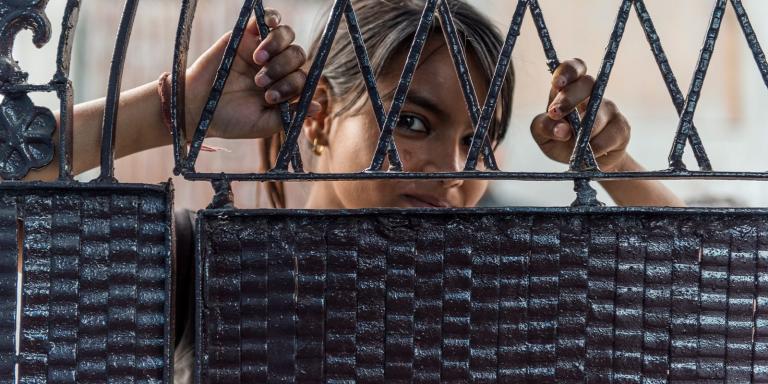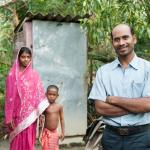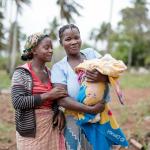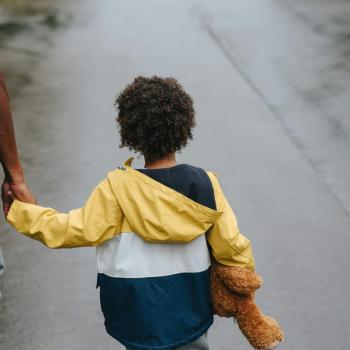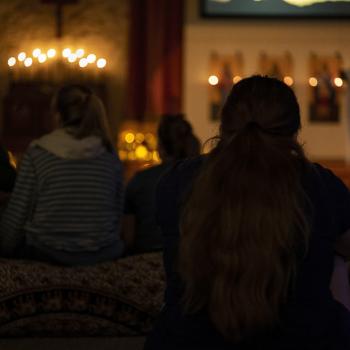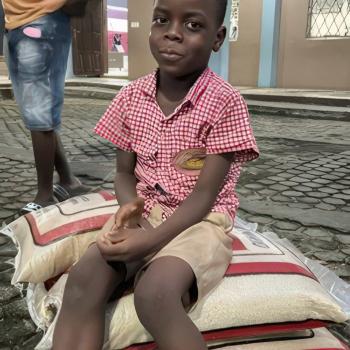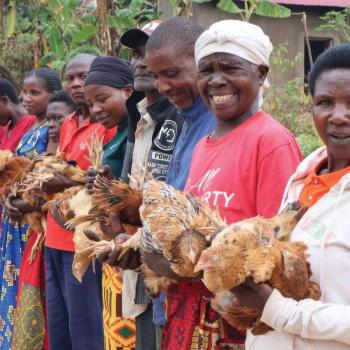WILLS POINT, TX – Gospel for Asia (GFA World and affiliates like Gospel for Asia Canada) founded by KP Yohannan, issued this Special Report on the horrific realities girls face, child marriage, human trafficking, abuse & exploitation, and the restoration & redemption that God brings to their lives.
Nearly 173 years ago, on October 16, 1847, a book authored by “Currer Bell” rolled off the presses and quickly provoked a combination of praise, revulsion and gossip.
“It is a very remarkable book,” wrote a reviewer named Elizabeth Rigby. “We have no other remembrance of one combining such genuine power with such horrid taste.”

Many literary critics today still consider Bell’s novel, Jane Eyre, remarkable, but perhaps not for the same reasons Rigby did. For one thing, Jane Eyre opens with a girl at the center of its action. And this girl is a dynamic and well-rounded protagonist with a depth, voice and independent spirit that were groundbreaking for the time.
As grown-up Jane narrates her story, readers journey with young Jane through girlhood. They feel what she feels as she experiences the sting of abuse, the devastation of loss, the joy of friendship and the empowerment of education. They watch how these experiences shape Jane into a young woman who faces messy adult situations with resolve and integrity.
Jane Eyre stands as one of the earliest and most prominent examples of a coming-of-age story with a female protagonist, and it is still considered by some to be one of the greatest novels ever written. Much of the strength of this story derives from the strength of its female title character, a character created by an author who had experienced girlhood herself. (“Currer Bell” was in fact a woman named Charlotte Brontё.) This novel preceded countless other popular woman-authored novels and series describing a girl’s journey to womanhood: Little Women; Anne of Green Gables; Little House on the Prairie; To Kill a Mockingbird and Roll of Thunder, Hear My Cry, to name a few. These stories have captivated audiences spanning generations and nationalities.
Perhaps these stories still speak to audiences today in part because they remind readers of what it means to be a girl. A girl can be imaginative and creative. A girl can overcome loss, abuse, neglect or public humiliation. A girl can learn to forgive. A girl can develop skills and abilities. A girl can think and analyze. A girl has the potential to grow into a strong woman.
A girl is a human being created in the image of God, and He is writing a nonfiction story in each girl’s life. Too often, however, girls’ dignity is robbed by other humans who do not recognize their value as human beings and God’s image-bearers. Too often, girls are treated as burdens, as sexual objects or as machines purposed solely for physical labor and child-bearing. Yet as girls learn of their value in the eyes of their Creator—and as they gain access to education, justice and financial stability—they are once again able to live as the protagonists in their own stories.
In developed areas, most girls enjoy relative stability. They go to school, eat nutritious food, enjoy hobbies, play sports and hang out with friends. But in many developing parts of the world, girls struggle to survive. Though girls in different regions may face different challenges, girls throughout the world face abuse, neglect, discrimination, trafficking and child marriage, even in the most economically stable and educated nations.
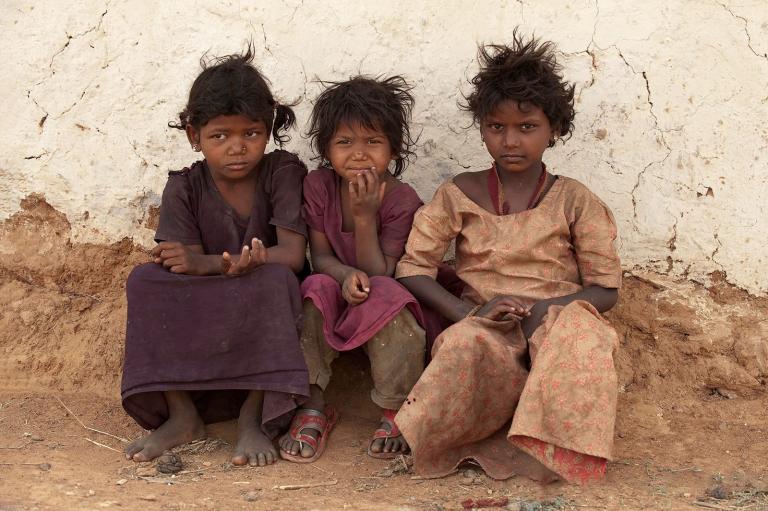
A Fight for Existence
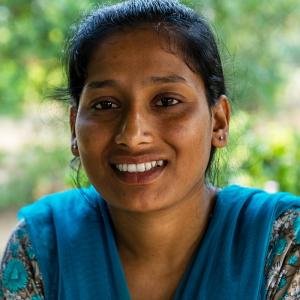
The story of Ruth, a Gospel for Asia (GFA) missionary, illustrates the first and biggest threat to girls’ lives. Throughout her childhood, Ruth was treated cruelly by her parents. They made her work long hours in their fields, they didn’t feed her enough and they rarely provided her with new clothes. One day Ruth finally got the courage to ask her parents why they mistreated her.
“You should have been a boy!” shouted her father.
Ruth had three older sisters, and her parents desperately wanted a son. They even sold a field to give an offering to a priest of their traditional religion so he would intercede for them to have a son. When Ruth, a fourth girl, was born instead, her father was furious—and he unleashed that resentment on Ruth throughout her growing-up years.
Society’s abasement of girls yields tragic consequences. For Ruth, it led to a childhood marked by abuse. For thousands of other girls, it robs them of experiencing life at all: Girls face their first threat in the womb.
Some societies view girls as a liability and a financial burden, so many families decide they don’t want a daughter. This has made sex-selective abortion a devastating problem around the world.
In India, an effort to prevent sex-selective abortions has led to a ban on using ultrasound to learn a baby’s gender, but some people find illegal ways to get an ultrasound: The number of sex-selective abortions in India appeared to be growing around the start of the 21st century. There may be numerous reasons why parents illegally abort their daughters, especially because many of the abortions happened among educated families. Perhaps some people still fear having too many girls because they expect daughters will earn less for the family and will require a dowry payment upon marriage. Perhaps others simply value boys more.
Since some societies view girls as a liability and a financial burden, many families decide they don’t want a daughter. This has made sex-selective abortion a devastating problem around the world.
China, the largest nation on earth in terms of population, is still recovering from decades of its “one-child policy.” High abortion rates of girls caused a skewed sex ratio, leaving too many men and too few women.
“Over 30 years, China was robbed of millions of girls as families used gender-based abortions and other methods to ensure their only child was a boy,” explains Hannah Beech in an article for The New York Times. “These boys are now men, called bare branches because a shortage of wives could mean death to their family trees. At the height of the gender imbalance in 2004, 121 boys were born in China for every 100 girls, according to Chinese population figures.”
Not only has this skewed sex ratio robbed millions of girls of life itself, but it has also threatened the girls who aren’t aborted in the womb, putting them at grave risk for abuse such as forced marriage and human trafficking.
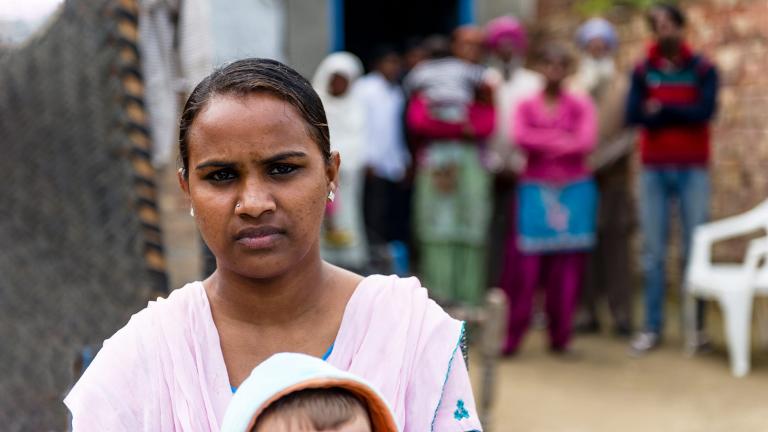
Deprived of Opportunity
When a girl survives childhood, she faces another great hurdle: gaining an education. An education greatly changes what choices she may have in the future. Without one, a girl may never learn to read or write. She may never be able to understand street signs, shop signs or business contracts. She may never get to choose her own career or spouse. She may never be able to help her children get an education themselves.
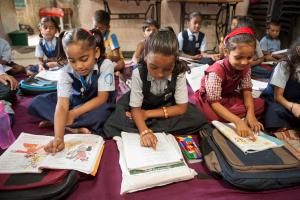
Many families don’t send their daughters to school for financial reasons. They can’t afford the expenses of clothing and supplies, even when they do have access to free public education. Sometimes they struggle just to put food on the table, and they deem it necessary to send some children to work to support the family. When families can’t afford to educate all their children, they may expect their daughters to sacrifice their education and help care for the home.
According to a 2018 report from Malala Fund and the World Bank, the repercussions of not educating girls are serious. When girls miss out on a quality education, they miss the opportunity to pursue careers that could financially benefit them and their families in the future. They also risk ending up in unstable marriages where they are abused or disrespected, and they risk raising daughters who remain in the same vicious cycle.
she faces another great hurdle: gaining an education.
Without one, a girl may never learn to read or write.
“Depriving girls of education, especially secondary school education, has dramatic costs for girls themselves, their families, communities and societies,” says the report. “These include greater rates of poverty, higher rates of child marriage, increased fertility rates, and reduced engagement in personal, familial and community decision making.”
The report found that girls who receive only a primary education face similar challenges to women who receive no education at all. They are just as likely to marry and have children before age 18, and upon entering the work force, they earn only 15 percent more.
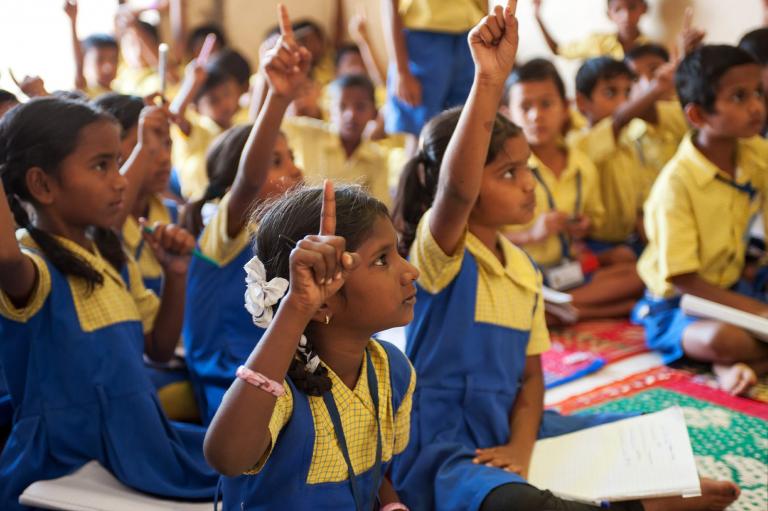
Childhood Cut Short: Child Marriage
 Robbing girls of education has contributed to another global problem for girls: child marriage. In 2018, UNICEF reported there were 650 million child brides worldwide, including girls under age 18 who were already married and adult women who married in childhood.
Robbing girls of education has contributed to another global problem for girls: child marriage. In 2018, UNICEF reported there were 650 million child brides worldwide, including girls under age 18 who were already married and adult women who married in childhood.
In some communities, child marriage remains prevalent due to poverty and deep-rooted attitudes toward girls and women. When people fail to educate their girls, they fail to see their daughters’ potential to earn income, to build careers or to dream of accomplishments beyond serving a husband and bearing children. This narrow view often causes families to perceive their daughters as financial liabilities who must be married off so a husband can provide for them.
Child marriage subjects girls to undue physical and mental stress. It gravely endangers their health, as it often pushes girls to bear children while in their teenage years. Many child brides already suffer from malnourishment, and the added strain of childbirth threatens their lives—and the lives of the babies they bear. Malnourished or unhealthy mothers often rear malnourished or unhealthy babies. Even worse, their babies may not even survive to term.
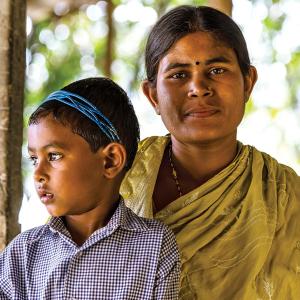
Ridhima learned this by experience.
Ridhima was married off at the age of 12 and became pregnant only a few months later. Ridhima’s in-laws told her a pregnant lady should work to be healthy and forced her to perform difficult chores around the house, including heavy lifting. Whenever Ridhima rested because she didn’t feel well, they accused her of being dramatic to get out of work.
On top of the verbal abuse from her mother-in-law, Ridhima faced physical abuse from her alcoholic husband.
During Ridhima’s seventh month of pregnancy, her doctor said she needed to rest because of a complication. But Ridhima’s mother-in-law dismissed the doctor’s advice, and the continued strain on Ridhima’s health had tragic consequences: When the birth approached, the doctor had to perform a C-section to deliver the baby, but tragically, the child was dead.
Instead of comforting her, Ridhima’s in-laws blamed the young teenager for the baby’s death.
Child marriage not only robs girls of their childhood and endangers their health but also potentially limits and destabilizes their future. These girls typically don’t get to finish their education, so they lose opportunities to contribute to society and educate their own children. Then, if their husbands mistreat them, abandon them or pass away, these women may have very few ways to provide for themselves and their children, which may leave them susceptible to exploitation.
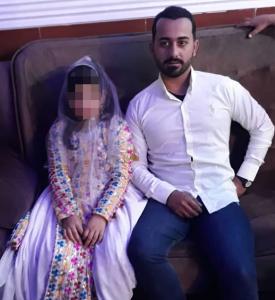
Corinne Redfern, a writer for The Telegraph, describes a disturbing trend in Bangladesh.
“Out of 375 sex workers surveyed on behalf of Girls Not Brides across four … brothels in Bangladesh last year, 47 percent were former child brides, trafficked into prostitution against their will,” she wrote.
Redfern interviewed several teenaged girls who had been forced into marriage when they were as young as 11 or 12. When these girls tried to escape physical and sexual abuse, they were deceived and sold to brothels. These teenagers now face more sexual and physical abuse, and see no alternative life for themselves.
“One time, when I was new, the police came by and asked me how old I was—they said they’d had a report that I was too young to be working, and that they could help me leave,” a 14-year-old girl told Redfern. “But I don’t have anywhere to go. So I said I was 18. Now when times are bad, I think to myself, ‘This is all your own fault.’”
The demand for child brides increases where gender-biased abortion leaves communities with a low ratio of men to women. Girls become a commodity to be secured. This problem is most severe in China, where bride trafficking has ensnared women and teenage girls from neighboring countries, such as Pakistan, Myanmar and North Korea. Traffickers lure women and girls with the promise of jobs, but victims find themselves forced to cohabit with Chinese men who don’t speak their language. Often these girls and women are kept locked in rooms and raped, as their new husband and his family expect them to bear children.
If you want to help girls at risk in South Asia, consider a one-time donation to stand in the gap for children who have been rescued from desperate situations into Bridge of Hope but still lack permanent sponsors to cover their monthly needs to remain in school.
About Gospel for Asia
Gospel for Asia (GFA World) is a leading faith-based mission agency, helping national workers bring vital assistance and spiritual hope to millions across Asia, especially to those who have yet to hear about the love of God. In GFA’s latest yearly report, this included more than 70,000 sponsored children, free medical camps conducted in more than 1,200 villages and remote communities, over 4,800 clean water wells drilled, over 12,000 water filters installed, income-generating Christmas gifts for more than 260,000 needy families, and spiritual teaching available in 110 languages in 14 nations through radio ministry. For all the latest news, visit our Press Room at https://press.gfa.org/news.
Read the rest of Gospel for Asia’s Special Report: Rewriting the Tragedies of Girlhood — Opening Doors for Girls Deprived of Opportunities — Part 2, Part 3
Learn more by reading these Special Reports from Gospel for Asia:
- Ending Violence Against Women — Using Programs and Education to Prevent Discrimination
- An Imaginative Exercise in Empathetic Fear — Think About Living in a Community with Missing and Murdered Indigenous Women
This Special Report originally appeared on gfa.org.
Read what Christian Leaders have to say about Gospel for Asia.
Click here, to read more blogs on Patheos from Gospel for Asia.
Learn more about Gospel for Asia: Facebook | YouTube | Instagram | LinkedIn | SourceWatch | Integrity | Lawsuit Update | 5 Distinctives | 6 Remarkable Facts | 10 Milestones | Media Room | Tragedies of Girlhood | Endorsements | 40th Anniversary | Lawsuit Response |
Notable News about Gospel for Asia: FoxNews, ChristianPost, NYPost, MissionsBox


